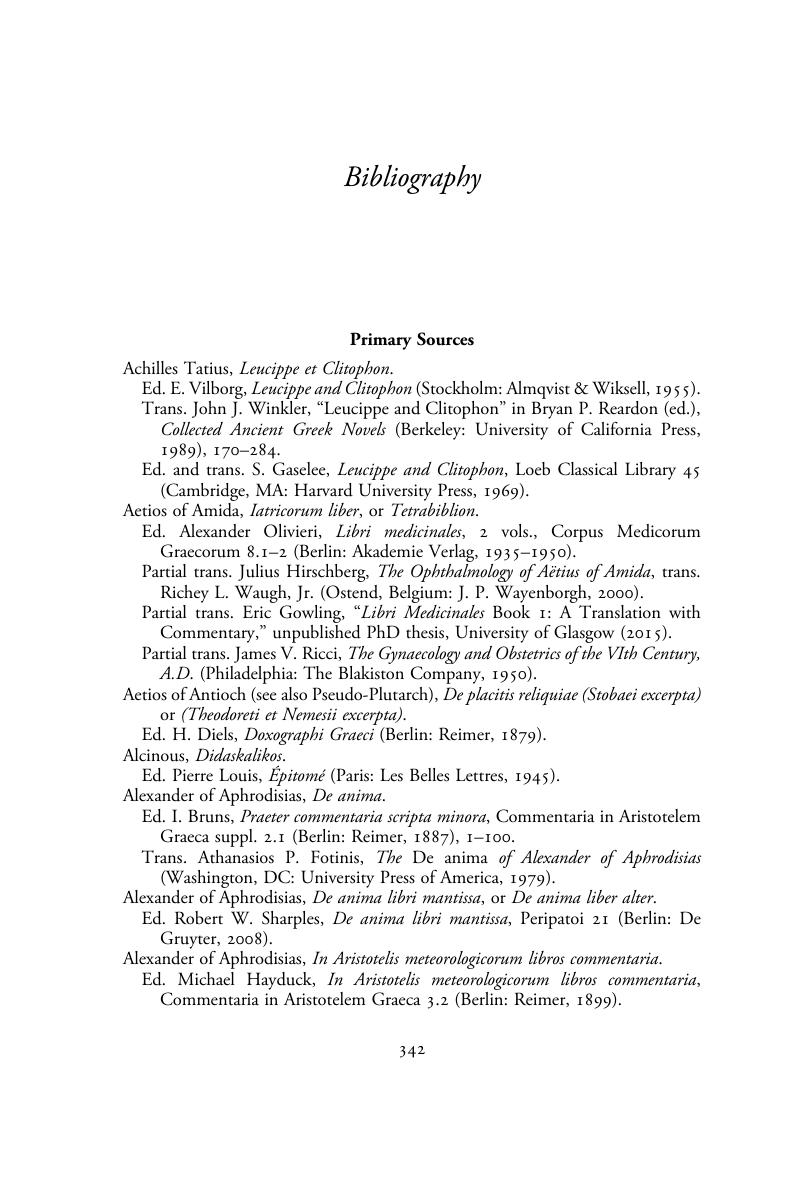Book contents
- Sight, Touch, and Imagination in Byzantium
- Sight, Touch, and Imagination in Byzantium
- Copyright page
- Epigraph
- Contents
- Tables
- Acknowledgements
- Note to the Reader
- Abbreviations
- Introduction: Can’t Touch This
- Part I How Sight Is Not Touch
- Part II Photios and the Unfolding of Perception
- Part III Mediation, Veneration, Remediation
- Conclusion: Tempted to Touch
- Bibliography
- Index
- References
Bibliography
Published online by Cambridge University Press: 25 May 2018
- Sight, Touch, and Imagination in Byzantium
- Sight, Touch, and Imagination in Byzantium
- Copyright page
- Epigraph
- Contents
- Tables
- Acknowledgements
- Note to the Reader
- Abbreviations
- Introduction: Can’t Touch This
- Part I How Sight Is Not Touch
- Part II Photios and the Unfolding of Perception
- Part III Mediation, Veneration, Remediation
- Conclusion: Tempted to Touch
- Bibliography
- Index
- References
Summary

- Type
- Chapter
- Information
- Sight, Touch, and Imagination in Byzantium , pp. 342 - 385Publisher: Cambridge University PressPrint publication year: 2018



